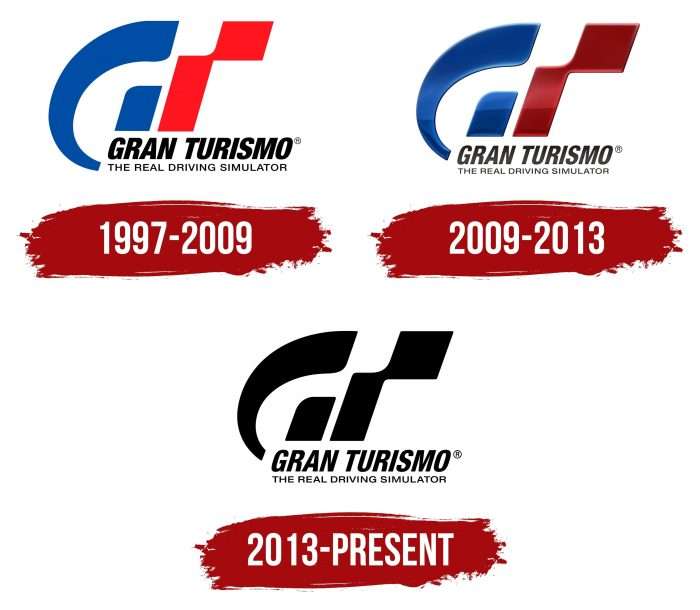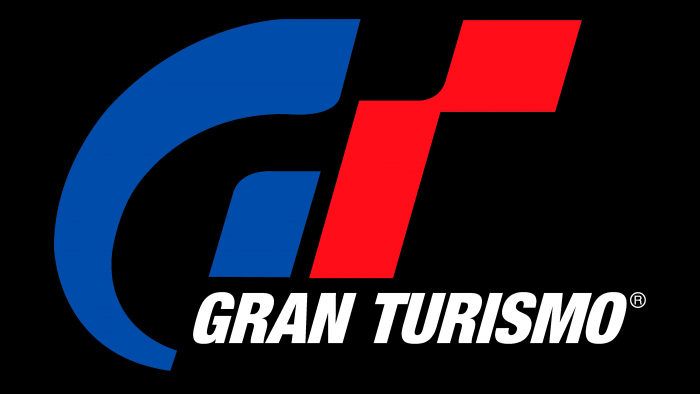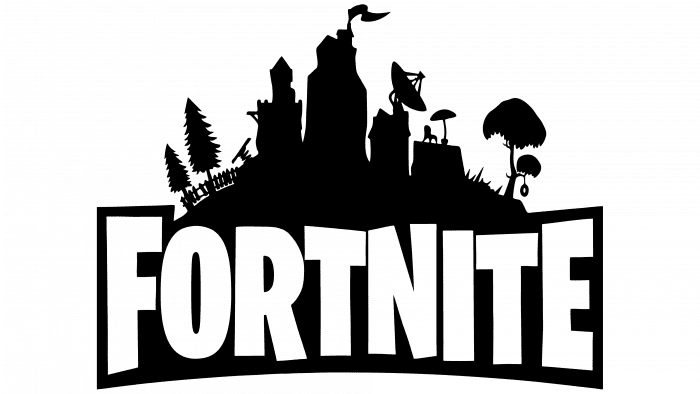The complexity and unusualness of the racing tracks are encrypted in the emblem’s signs. Cars fly over them so fast that seeing the surrounding objects in detail is unrealistic. The Gran Turismo logo is an ode to fast driving and invites everyone to feel like driving a sports car.
Gran Turismo: Brand overview
Meaning and History
The car racing simulator includes eight basic editions, including two versions for PlayStation 2, 3, 4, and PlayStation 5. The set includes many other variants—shortcut releases focused on PlayStation 2 and 3 consoles. Its developer is Kazunori Yamauchi.
Key actions for implementing the video game started in 1992. Then, the main inspiration for the idea gathered a team of seven specialists and, in five years, created a completely original franchise. The attractiveness of the simulator is explained by detailed graphics, which are thought out to the smallest detail, the exact technical properties of copies of cars, and a large fleet of licensed vehicles.
This also includes customizing and simulating driving based on personal experiences. Moreover, the choice of options is based on physical principles and the recording of the real roar of engines. Although there were several issues, they are united by a common logo—three.
What is Gran Turismo?
Gran Turismo is PlayStation’s top-selling media franchise. This is a series of video games in racing simulators in which you need to consider the real aspects of driving a car. They simulate everything from suspension tuning to tire wear.
1997 – 2009
The debut emblem consists of stylized GT symbols, the abbreviation for the video game’s full name, Gran Turismo. The letters are scattered strokes in various configurations—from wide, straight lines to curved, narrowed ones. On the left, the designers placed an impromptu “G” in blue and, on the right, a “T” in a bright scarlet hue.
The authors painted the franchise’s full name below them in black. Even below, they put the inscription “the real driving simulator” in grotesque small print. The logo also has an abbreviated version that lacks graphic symbols. Two miniature rectangles replace them.
2009 – 2013
Since 2009, the emblem has received a glossy and three-dimensional appearance. It was first used for the Gran Turismo PSP. The 3D effect is created due to the original design and the correct combination of bright highlights and dark shadows. Moreover, the palette saturation has also changed: red and blue have become deeper, more juicy, and more concentrated. The rest of the elements did not undergo adjustments: sans serif letters, uppercase, slightly tilted to the right.
2013 – today
The developers returned the logo to a flat look and repainted it black. This version was first seen in Gran Turismo 6.
If you need to trace the movement of the identity style from complex forms to simple ones, this can be seen in the GT racing simulator. Starting as a multi-structured composition with colorful graphics and stripped-down additions, it has evolved into a flat monochrome version emphasizing the seriousness of everything in a video game. In addition, the black and white logo does not distract attention from the process and sets up fierce competition.
Gran Turismo: Interesting Facts
Gran Turismo (GT) is a series of racing simulation games known for its realistic portrayal of cars and racing physics. Developed by Polyphony Digital, it’s become a key player in the racing game genre.
- Start: The first game launched in Japan in December 1997, setting a new standard for racing simulation with its detailed car performance and handling.
- Sales Success: With over 80 million units sold by 2018, Gran Turismo ranks as one of the top-selling video game franchises, especially in racing.
- Realism: The series is praised for its lifelike car representations and a physics engine that accurately simulates vehicle behavior.
- Car Selection: Offering a wide range of cars, including everyday models, supercars, and concepts, some games feature over 1,000 vehicles.
- From Games to Racing Careers: Through the GT Academy, a partnership with Nissan, Gran Turismo has helped gamers become professional racers, with many finding success in motorsport.
- Photo Mode: This feature lets players take realistic in-game photos of their cars, highlighting the game’s high-quality graphics.
- Automaker Partnerships: Polyphony Digital has collaborated with car manufacturers to design exclusive concept cars for the games, merging virtual and actual car design.
- Soundtrack: The carefully chosen soundtracks across various genres enhance the gaming experience.
- Technological Advances: Gran Turismo Sport supports 4K, HDR, and virtual reality, offering an immersive racing experience.
- Cultural Influence: The game has impacted car culture and has been recognized by the automotive industry for promoting car brands and models globally.
Gran Turismo continues to advance racing simulation, maintaining its popularity among racing fans and gamers worldwide with each new release.
Font and Colors
The typeface makes the text part of the emblem Helvetica Neue 97 Black Condensed – chopped, smooth, and capital letters. The phrase “Gran Turismo” is in italics; the rest is in direct print.
The videogame brand logo originally consisted of three colors: red, blue, and white. In the modern interpretation, only black and white are present.
FAQ
How was Gran Turismo made?
The video game took five years and a budget of $5 million to create. It set new standards for realism in racing games. Polyphony Digital developed it under Kazunori Yamauchi’s direction.
The game’s development focused on detail and authenticity. The team accurately simulated hundreds of cars, paying attention to engine performance and chassis dynamics. They recorded real car audio to enhance the realism. Real tracks, including layout and environment, were laser-scanned and recreated precisely. The game was thoroughly tested, and feedback from racing fans and real drivers was received, which helped improve the gameplay, adjust the physics, and ensure realism.
What is the Gran Turismo logo?
The logo is famous in video games, especially in the racing genre. It features the stylized letters “G” and “T” representing the game. These letters have jagged stripes that create a sense of speed and movement. Beneath the letters “GT,” the full name “Gran Turismo” is written in a clean sans-serif font. This keeps the look modern and ensures the name is clear and recognizable.
Under the series title is the slogan “THE REAL DRIVING SIMULATOR.” This tagline is important to the brand, emphasizing the game’s goal of delivering an authentic driving experience. The series typically uses a simple black-and-white color scheme, making it versatile and effective across various media, from digital platforms to physical products.
Is Gran Turismo real?
Gran Turismo is a famous racing simulation game created by Sony Interactive Entertainment and Polyphony Digital. It has evolved into an amalgamation of virtual and real-life racing. Launched in 1997 on the PlayStation console, it is known for its realistic graphics, car physics, and real tracks. Over time, the game has improved with technological advancements, adding more cars and enhancing the simulation.
The game gained widespread recognition when the Fédération Internationale de l’Automobile (FIA), the global governing body of many motor racing events, including Formula 1, recognized it as an official form of motorsport. This led to creating an FIA-certified championship where players compete in virtual racing tournaments similar to real-life events worldwide.
The partnership with the FIA marks a significant change in the perception of virtual racing. Gran Turismo’s recognition as legitimate motorsport opens the door to greater digital and traditional racing integration. It makes virtual racing more attractive and accessible, providing a platform for aspiring racers who cannot compete in physical events.









